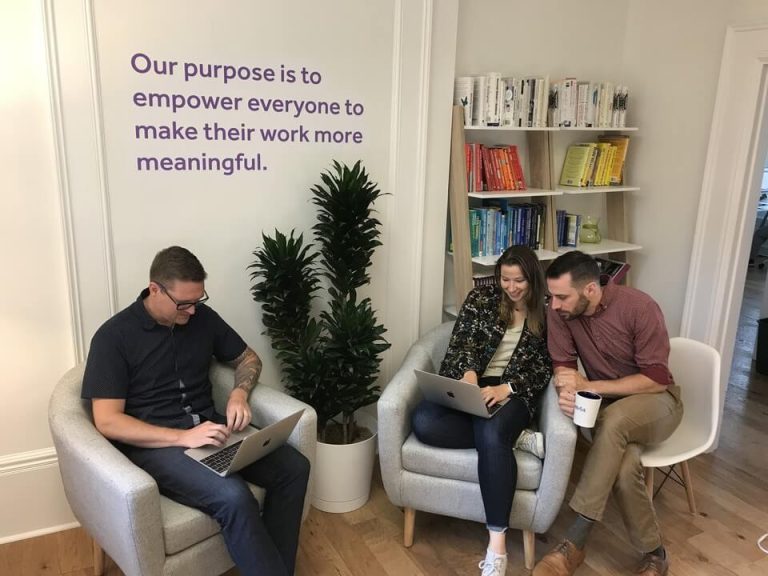Company Inclusion: How Networks Increase Inclusion
Workforce Management estimates that companies spend a combined $8 billion on diversity and inclusion training annually. For the most part, companies have focused on anti-bias training, mentoring programs, employee resource groups, and adding DEI roles. Yet, with all this increased investment, it’s difficult to measure how effective they are at making a meaningful difference.










